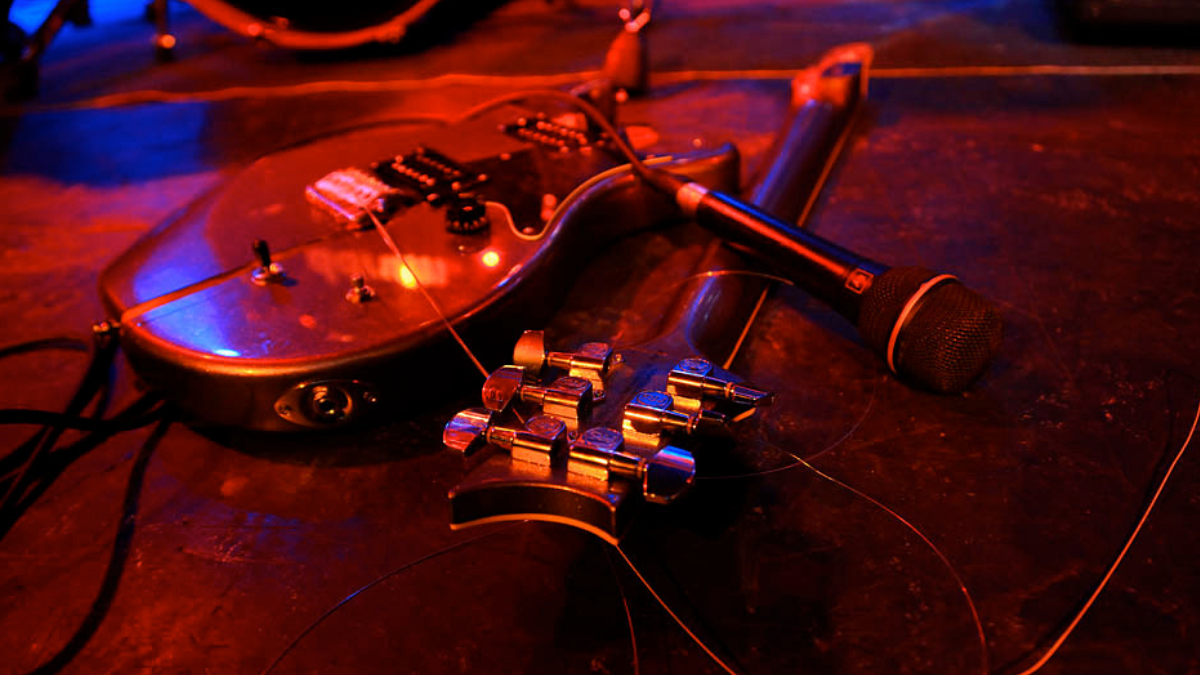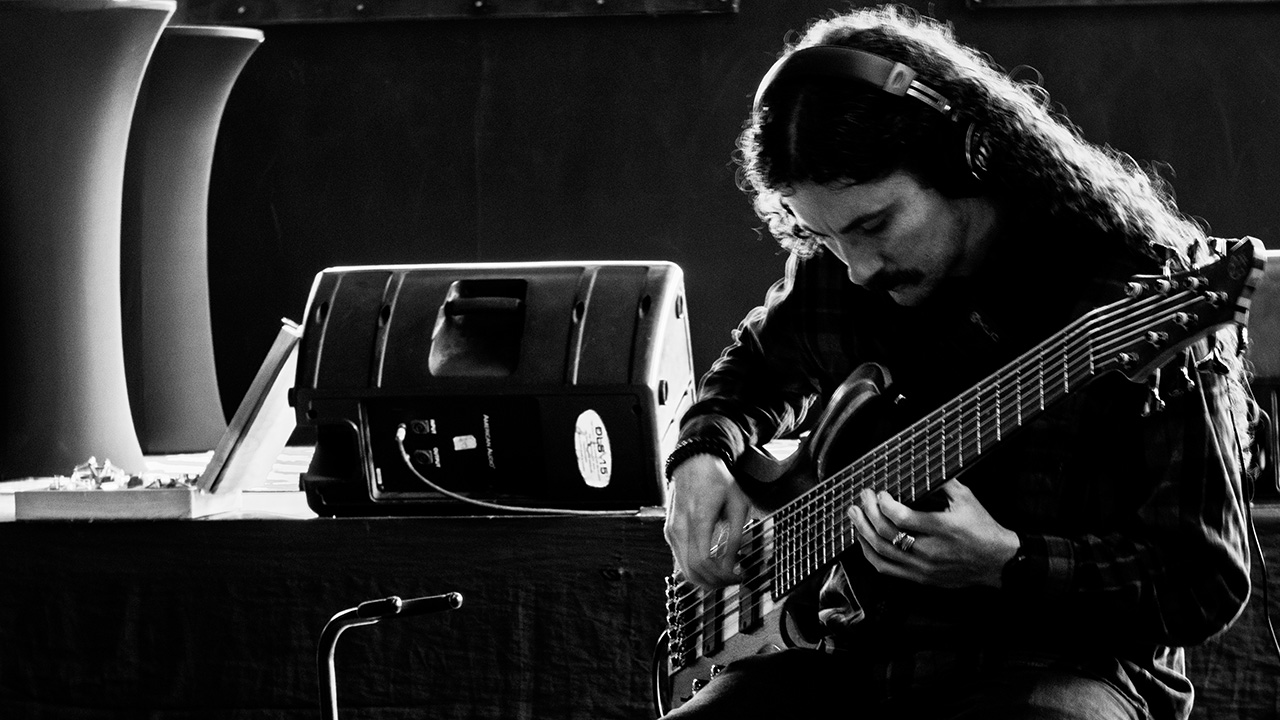“It always hurts to see the poor instrument face the wrath of these wannabes”: After another destroyed guitar controversy at Coachella, is guitar smashing simply not cool anymore?
Why are audiences so rattled when contemporary artists like AP Dhillon smash their guitars?

Last weekend at Coachella, Indo-Canadian artist AP Dhillon participated in the long-standing tradition of guitar smashing. However, the reactions to him smashing his metallic gold ESP LTD Kirk Hammett V were mixed, to say the least. While some praised Dhillon for the move, others were viscerally angry about what many called a lack of respect for the instrument.
"Pop artists break guitars to look cool. They try to imitate rock/metal artists, not realising that they break their guitars out of the adrenaline rush and intensity of playing the instrument. It always hurts to see the poor instrument face the wrath of these wannabes," said one commentator. Another added: "Respect the things which brought you to this stage."
This is far from the first time artists have faced backlash for smashing a guitar in recent years. So is guitar smashing no longer cool?
Historically, instrument smashing was not only novel and shocking but also a sign of being anti-establishment. For instance, in 1966, a group of artists met in London to participate in the Destruction in Art Symposium (DIAS).
This included Raphael Montañez Ortiz's piano destruction concerts. The overarching theme of DIAS was “to focus attention on the element of destruction in Happenings and other art forms, and to relate this destruction in society.”
At the 1962 Festival of Misfits, British painter Robin Page performed a performance art piece aptly called "Guitar Piece," which saw him throw his guitar off the stage at London's ICA and kick it down pavements until it was just a bunch of small pieces. Pete Townshend was inspired by this performance art piece and started incorporating guitar smashing into his performances – even if it meant he had to glue them back together in between shows.
From then on, guitar smashing became a staple of rock performances. Jimi Hendrix famously set fire to his guitar at London's Finsbury Park Astoria, an act he repeated at the Monterey Pop Festival.
All the latest guitar news, interviews, lessons, reviews, deals and more, direct to your inbox!
Kurt Cobain was known for smashing guitars – an act immortalized in many iconic gig photos. Matt Bellamy of Muse holds the Guinness World Record for most guitars smashed on tour at 140.
Yet fast-forward to 2021, and Phoebe Bridgers was attacked for smashing her guitar on stage during an SNL performance. Contemporary artists who fall outside the rock and metal realm seem to get the most hate for smashing guitars, indicating a greater gatekeeping issue.
Some artists are even now publicly regretting what they've done in the past. Just a few days ago, Flea, known for smashing a bass or two, shared: “Feel like such an idiot for smashing my bass to pieces on stage back in the day, pathetic.”
But how do instrument manufacturers feel about the practice? In a 2021 interview with ABC, Fender's EVP of Product, Justin Norvell, said: “The guitar is what I call a sonic paintbrush. It's something for an artist to use, to create with.
“So while people look at a guitar being smashed and [say], 'That could go to someone else,' or whatever, in that moment and what [an artist is] doing and how they're feeling, if [smashing a guitar] encapsulates part of that [performance]...”
In the current climate, many people simply see guitar smashing as a privilege granted only to those musicians who've reached the top or have the financial means to afford to buy a guitar to smash in the first place.
However, in an age where so little shocks us anymore, the fact that guitar smashing is still so wildly controversial says a lot about this action's staying power and its ability to provoke a very primal human reaction.
Perhaps this is what these contemporary artists want to remind us of – and judging by online discourse, they are certainly succeeding.
Janelle is a staff writer at GuitarWorld.com. After a long stint in classical music, Janelle discovered the joys of playing guitar in dingy venues at the age of 13 and has never looked back. Janelle has written extensively about the intersection of music and technology, and how this is shaping the future of the music industry. She also had the pleasure of interviewing Dream Wife, K.Flay, Yīn Yīn, and Black Honey, among others. When she's not writing, you'll find her creating layers of delicious audio lasagna with her art-rock/psych-punk band ĠENN.

